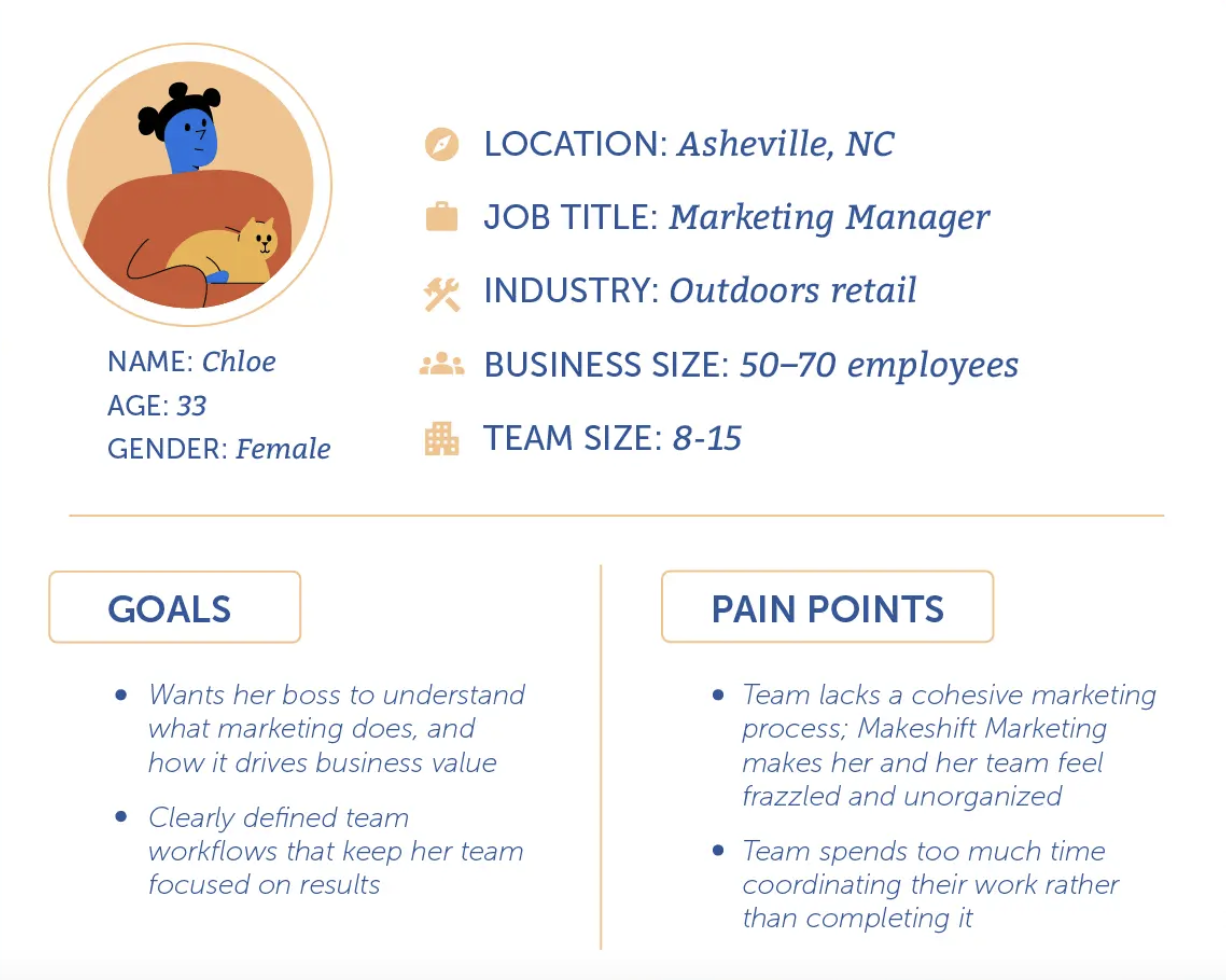What Is an Editorial Plan and How Do You Build One?

Seventy percent of marketers today actively invest in content marketing, but that doesn’t mean they’re doing it effectively. They may lack a content strategy or ignore the importance of an editorial plan.
A common misconception is that an editorial plan is synonymous with an editorial strategy. But they’re not the same thing. Without both, your content marketing operations will suffer.
After all, what good is a strategy if you don’t have a proper plan in place to execute it?
An editorial plan is a roadmap that clearly outlines how you’ll put your strategy into action to maximize the value of your content and achieve your marketing goals.
- What is an editorial plan?
- Editorial plan vs. content strategy
- What are the benefits of creating an editorial plan?
- What are the steps to create an editorial plan?
- Using data insights to supercharge your editorial plan
What is an editorial plan?
An editorial plan partners with your content strategy, housing all the vital marketing assets, materials, and guidelines you’ll use to manage your content marketing efforts.
Your editorial plan includes:
- A defined target reader/audience
- A style guide with editorial guidelines to ensure quality and consistency across channels and departments
- Content topics and ideas
- An editorial calendar where content topics live and content production is scheduled and tracked
Editorial plan vs. content strategy
While the terms “editorial plan” and “content strategy“ are sometimes used interchangeably, they are, in fact, different. They complement one another and help enhance your overall content marketing efforts.
Your content strategy outlines your content marketing goals, including editorial objectives and KPIs, as well as the tactics you’ll use to achieve them. An editorial plan, encompassing all the assets and materials needed for content production, is the roadmap you’ll follow to successfully achieve that content strategy, based on time frames and goals you set.
What are the benefits of creating an editorial plan?
An editorial plan is a vital element of your content marketing operation, helping you stay on track to meet your content marketing goals.
An effective editorial plan should:
- Align internal and external stakeholders on content strategy, guidelines, and goals.
- Create accountability and transparency among your content team.
- Leverage an editorial calendar to stay on track with publishing dates.
- Facilitate content creation across the entire content lifecycle, from idea conception to dissemination across channels.
What are the steps to create an editorial plan?
1) Define the audience/reader
A successful editorial plan starts with identifying and understanding who your company’s target audience is, in terms of characteristics like age, geographic location, job title, responsibilities, goals, spending power, etc.
This information is essential to knowing what your target audience cares about and how to create content that resonates with them. It also helps you focus your marketing initiatives and maximize your time and resources.
Defining your target audience requires a deep understanding of your current customer base, insight into consumer trends and your competitors, and developing buyer personas.
Here are the steps to effectively determine your target audience:
- Analyze your existing customer base, noting shared attributes of your highest-value customers.
- Conduct market research to gain a deeper understanding of consumer trends in your industry.
- Study your competitors for insight into the types of customers they market to.
- Develop buyer personas to create a clear picture of your target buyer.

Source: CoSchedule
2) Create a style guide
A style guide serves as a source of truth to keep your teams aligned on all aspects of content production. Here you’ll define editorial standards and guidelines for your organization to ensure message consistency.
Include vital information such as your brand messaging framework, unique value propositions, and positioning statements. Feature guidelines on your company’s brand personality, tone of voice, and preferred writing style.
Below are steps to developing a style guide:
- Define a brand messaging framework to align with your brand values and mission statement.
- Decide your brand personality.
- Determine editorial guidelines for brand voice, style, and tone.
3) Determine topics and ideas to write about
With an understanding of your target audience and a consistent style framework to work within, it’s time to home in on topics to write about. The goal is to create content that provides value to your target audience and helps you reach your content marketing KPIs.
Identifying the conversations and topics that matter most to your audience and addressing their pain points is integral to creating content that builds trust, credibility, and loyalty. The crucial next step in this process is determining how to do this while maximizing your content marketing ROI.
Based on your research and your defined target audience, brainstorm different content topic ideas in an idea farm.
Use insights from content analytics to pinpoint topics to focus on. Sorting your content by key metrics like pageviews, engaged time, and returning visitors shows you which content topics resonate with your audience. From there, sort by conversions to learn which topics drive real business results.

Dive deeper insights into your content analytics with Parse.ly.

4) Lay out those ideas in a content calendar
Create an editorial calendar, a single source of truth, to help stakeholders and teams plan content production and meet deadlines. It should outline all content topics and milestones, production and publishing dates, related product launches, and content distribution channels.
Beyond organizing your content production, a basic Google calendar falls short here. You can try presenting your content calendar in the form of a spreadsheet but if you plan to create many different types of content across a variety of channels, a spreadsheet can quickly become confusing to follow.
In the end, a better choice for your content calendar is an app like Asana, Basecamp, or Notion. These give you a centralized, collaborative overview of your content schedule.

Using data insights to supercharge your editorial plan
Content marketing can’t succeed if you don’t understand your end goals for content production and the tactics that will help you get there. That’s why each step of developing an editorial plan—defining your target audience, creating a style guide, determining what content to create, and organizing your work in a shared calendar—is so important.
That said, an editorial plan is only as strong as your insight into what content matters to your target audience and what content creates business impact. Parse.ly can help empower your teams to create content that provides real value to your target audience while moving the needle for your business.